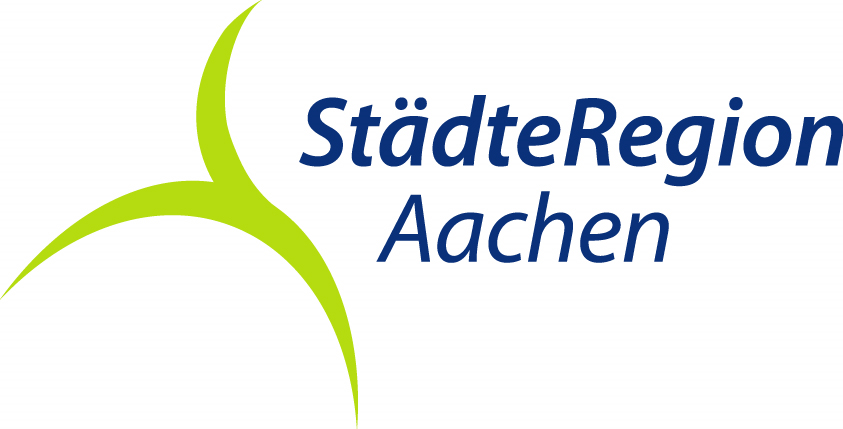To the oil mill
Simmerath
The starting and finishing point of the approx. 11 kilometre long tour is the picturesque village of Eicherscheid. It lies in the midst of centuries-old field hedges and also has a lot of charm in its interior. Listed half-timbered houses, which hide behind the sharp Eifel wind, small chapels and crossroads characterize the village centre. After leaving the idyllic village, the tour leads through the hedgerow landscape of the Monschau region. This unique cultural landscape is characterised by the numerous cattle hedges. They fence around the pastures - instead of barbed wire - and offer the animals ideal wind protection when the Eifel storms sweep across the country.
North of Huppenbroich, Mariagrube is a former slate quarry which was one of Simmerath's earliest "commercial enterprises" at the time. From 1847 to about 1924, slate was mined here underground for the construction of the surrounding villages and churches. Where the factory buildings used to be, is now the Tiefenbachtal youth camp site.
Through the Tiefenbachtal nature reserve it then goes downhill and after only a few kilometres you reach a former oil mill. In the 17th century, beechnut and other edible oils were produced there. The building complex of quarry stone, which is now privately owned, lies picturesquely in the Tiefenbach Valley and consists of a residential building and a two-storey extension. In front of the house stands a wooden cross from the first half of the 19th century.
The path continues to the Rur valley, the lowest point of this tour. The Rur rises in the Hohes Venn and meanders through the Eifel until it finally flows into the Maas at Roermond. In contrast to the barren Venn landscape, the Rur valley has a temperate climate. Therefore in former times a lot of fruit cultivation was practiced, which can still be seen today in numerous fruit trees in the townscape of the Rurtal villages. From Rurtal the tour ends with an ascent back to Eicherscheid, where the beautiful tour ends.
















